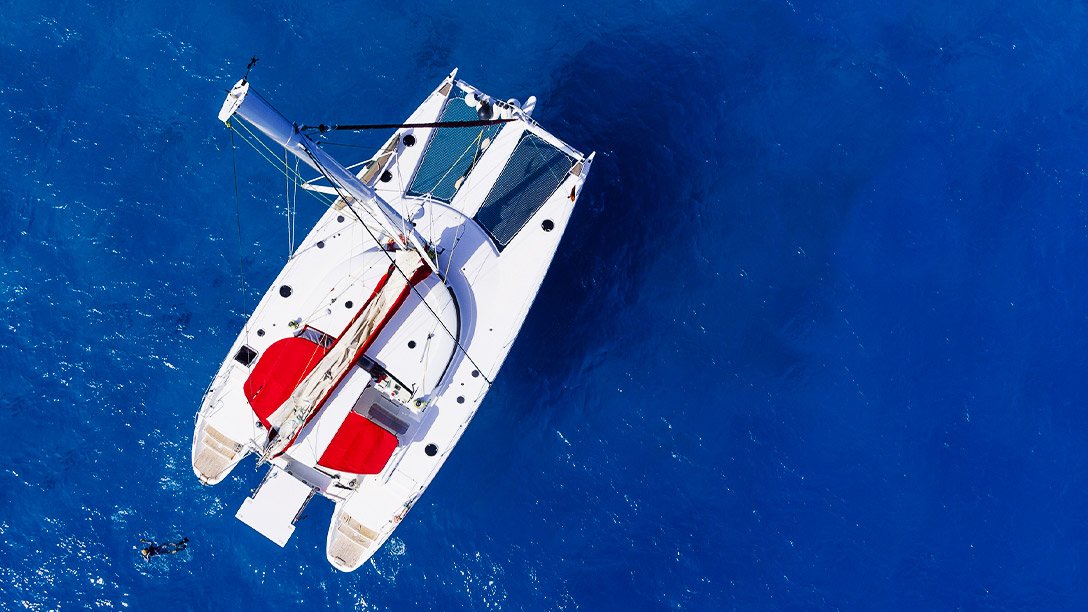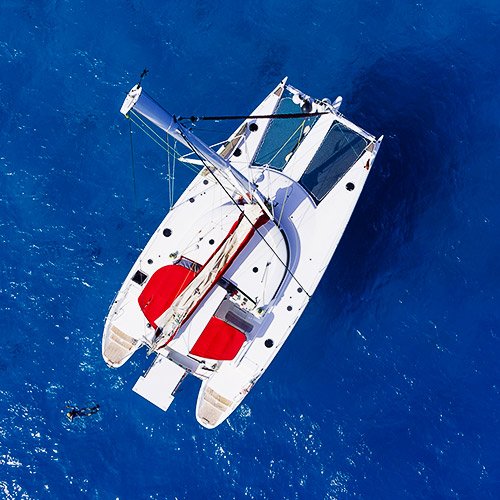You can find below some of the checks we consider essential for a daily or weekly routine, in order for you to have a great time aboard your yacht and enjoy the best of it with your friends and family.
On Deck
- Each time you come onboard your boat, give each winch a spin. If they spin freely, you are good to go, otherwise is time to strip them apart, clean them, grease them and put them back together.
- Take a closer look also at the turnbuckles and the shroud terminations. Make sure that all split pins are in place and in good condition, especially if the mast has been unstepped for the winter!
- Another thing to do on deck is to check if the lifelines have any signs of corrosion and if so, replace them at the earliest. Split rings have a habit of working loose, so you should check the split pins or split rings at the terminals.
- Windlass is also advisable to check if it’s working properly. Inspect the connections for signs of corrosion, and if so disassemble them, give them a good clean and some dielectric grease and they will work properly.
- Give a good check to the anchor and the anchor chain. Because of the salty water and marine vegetation rust can ruin them, so make sure from time to time to clean them with fresh water. If needed, you can also redo the depth markers.
- Check the mooring lines and warps for any damage. The lines are usually manufactured using polyester and have good natural UV resistance and are also highly abrasion resistant. However, you should consider the signs that a line is wearing well: smooth homogenous diameter, very few parted individual stands, slightly shiny finish.
- Check the rudder for cracks in the leading and trailing edges and also check for any play in the bearings.
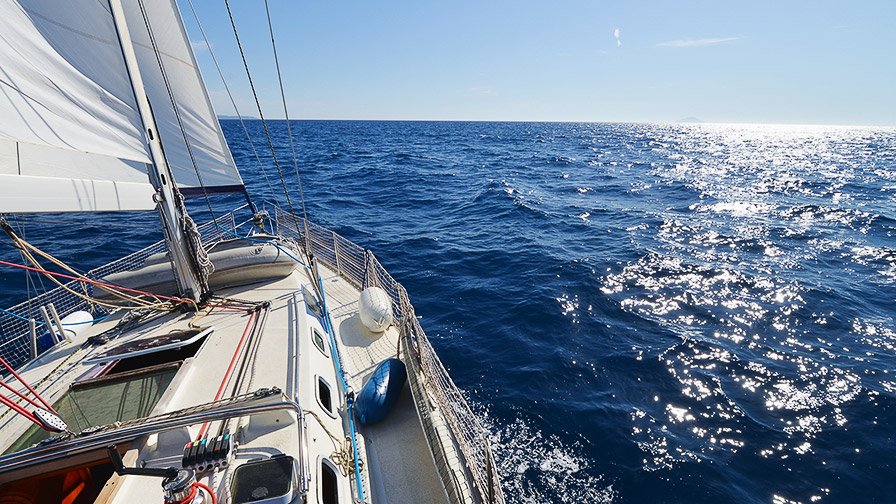
On Deck
capetanos.comBelow deck
- Each time is needed, inspect and clean your electric bilge pumps. Make sure the electric cable connections are sound and test the float switch. Dry the bilge thoroughly before launch, so you’ll know at a glance if there is a leak, and also don’t forget to switch it to auto.
- Check all compartments and lockers and clean off any mildew.
- If the boat was sitting for winter and you used antifreeze to fill the tank and the water system, you may have to fill and empty it a few times to get rid of the taint. A small dose of bleach in the penultimate tankful will clean out the system.
- Get your head ready for action by removing the intake hose and pouring vinegar into it. The vinegar will dissolve much of the scale build-up in the hoses and pump body. Pump the vinegar through the system, flush with freshwater and then follow up with a shot of Pure Ocean head lube or mineral oil.
- We know you enjoy cooking onboard, so make sure the propane connections are tight, the supply hose is not chafed or pinched and test the stove and solenoid.
- Check the water flow on all of your raw water-cooling systems. Make sure that you can see: the aircon, heating, refrigeration, Genset cooling water, easily flow out of the boat.

Below deck
capetanos.comEngine room
- Check engine coolant levels.
- Check the engine coolant hoses for cracks and splitting and make sure the fuel lines and their hose clamps are in good condition.
- Check the oil level. If the oil was not changed at the end of the season, then it’s time to do it, because it can contain contaminants.
- Check the oil and fuel filters and change them if necessary.
- Check and adjust alternator and water pump belts, if necessary. Keep in mind that there should be no more than 2 centimetres of play in them.
- Run the engine and inspect the floor to make sure it has no leaks, and check if the water-cooling system runs as expected.
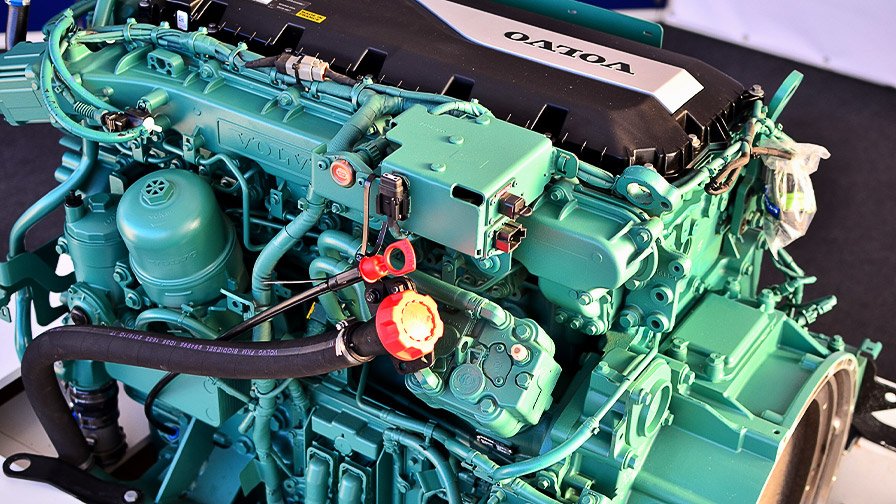
Engine room
capetanos.comElectric and electronic systems
- Inspect the battery terminals for corrosion and if necessary, a good and cheap option is to clean them with baking soda and water. Applying a thin coat of Vaseline on the terminals will keep the corrosion away.
- If you have flooded lead-acid batteries, check the electrolyte and top up if necessary.
- Check if the 12V system’s ground connection to the engine is tight and has no signs of corrosion, because a poor ground is a common cause of electrical issues and fire onboard.
- Check the shore power inlet for signs of overheating, because this is also a big hazard for fire onboard.
- Check if the below deck lights are working as expected.
- Power up the electronics and instruments and check if everything is working properly.
- Check the navigation lights and replace them if needed.
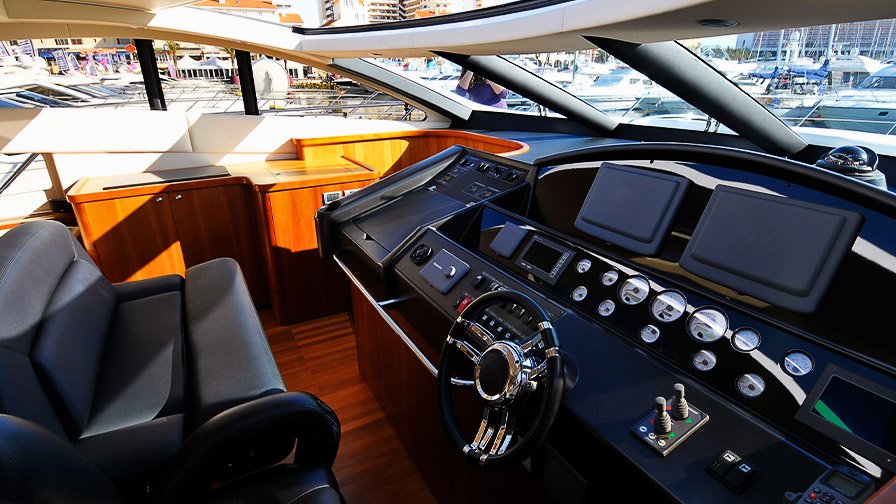
Electric and electronic systems
capetanos.comSafety equipment
- Check all lifejackets onboard for any malfunction.
- Test EPIRB’s and PLB’s and ensure they are working properly.
- If needed, change the batteries in MOB lights, strobes and flashlights.
- Check if the flares are in date and replace them, if needed.
- Check if the life craft is in its best shape and replace CO2 canisters if needed.
- Verify the validity of everything inside your first aid kit.

Safety equipment
capetanos.comThere are dozens of ways to make the most of your time on the water: fishing, tubing, skiing and boarding, diving, cruising and camping, or just drop the anchor in a secluded cove and hang out with your friends and family, so keep in mind that safe boating is always fun boating for everyone.
